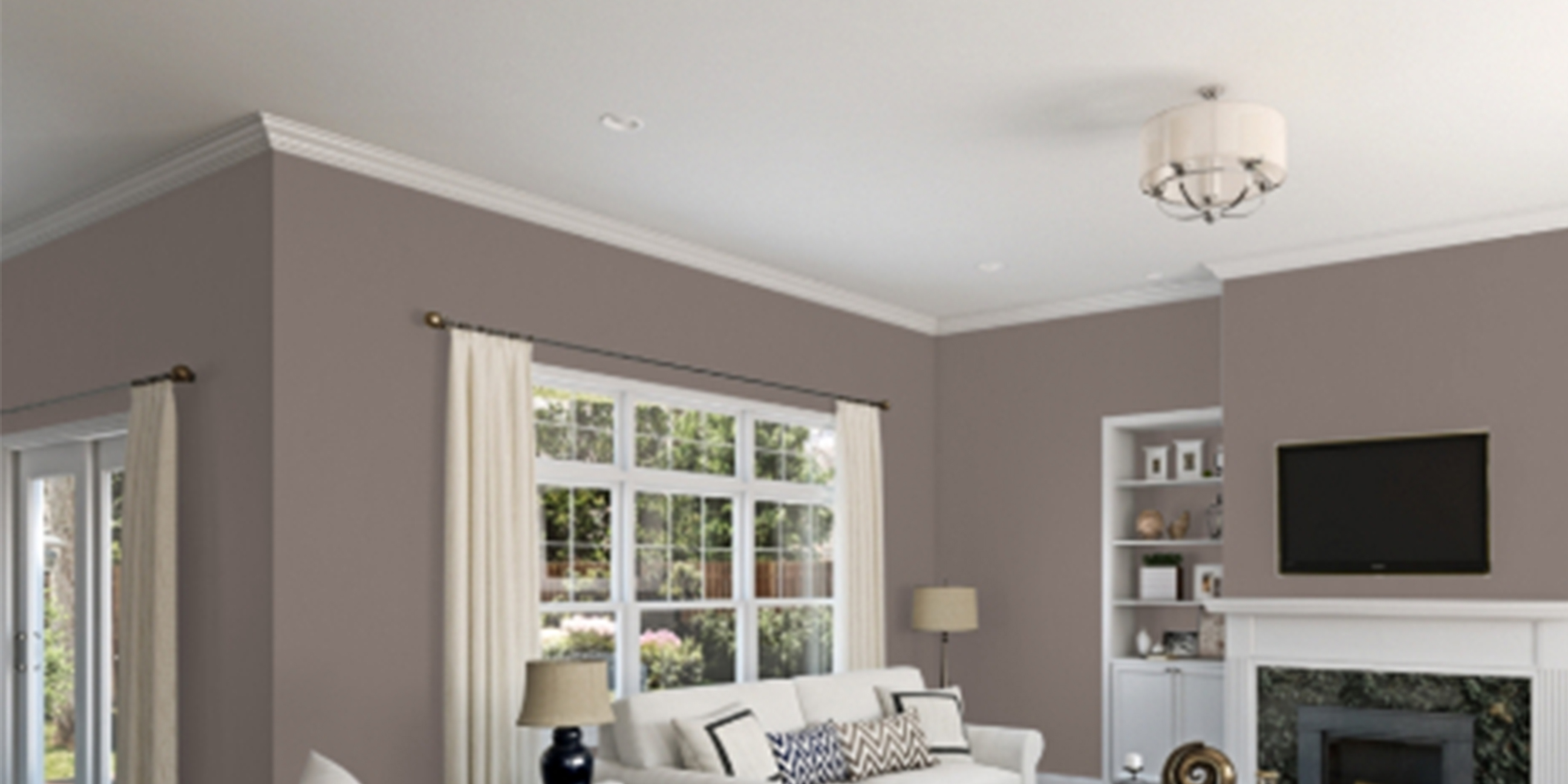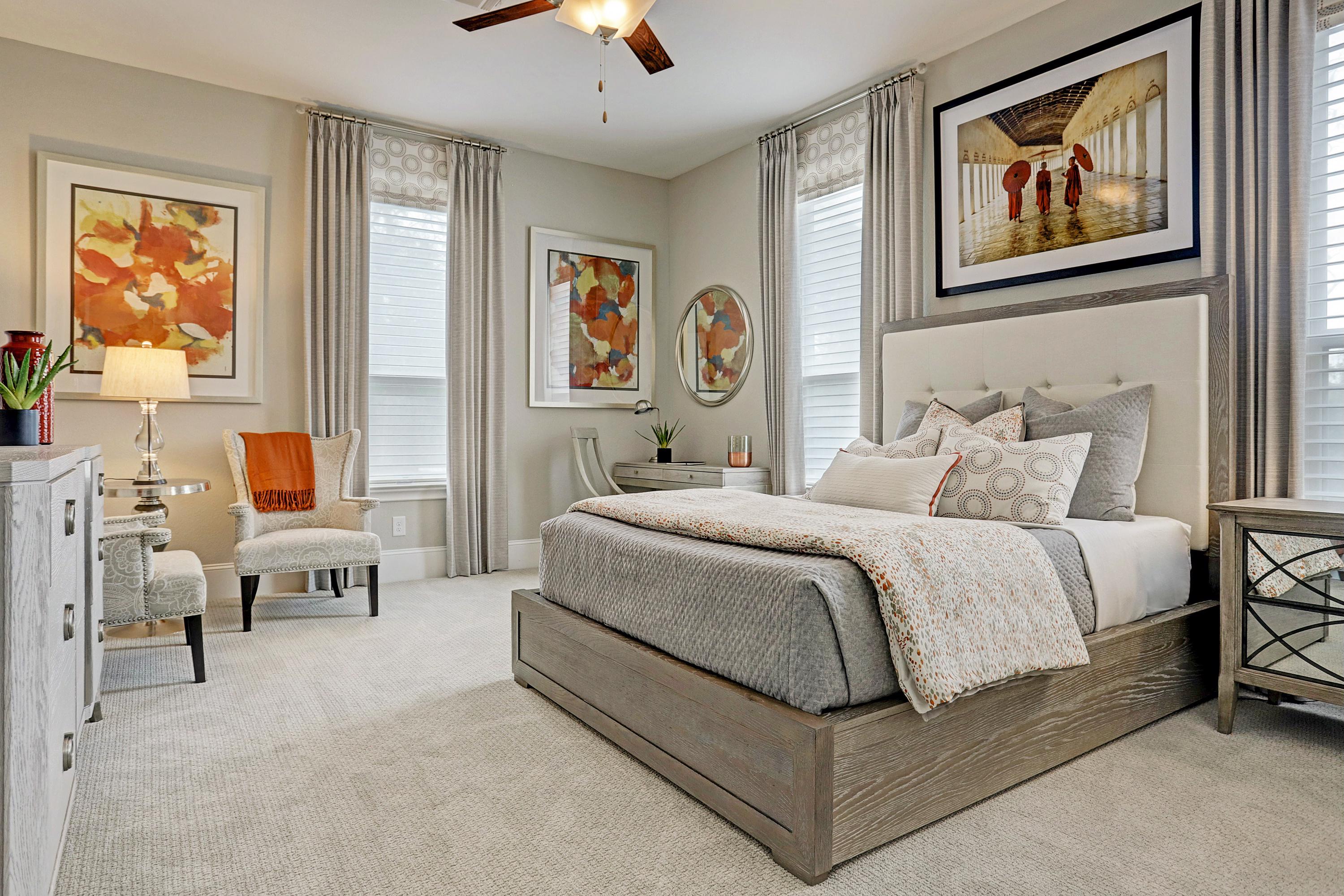Trending Colors for 2017 Bedrooms: New Bedroom Colors For 2017

In 2017, the bedroom was a haven of tranquility and personal expression, with color trends reflecting a desire for both calm and vibrancy. The most popular colors reflected the shift towards a more mindful and holistic approach to living.
The Most Popular Bedroom Colors for 2017
The following are the top five most popular bedroom colors for 2017, highlighting their psychological effects and design trends:
- Deep Greens: Deep greens, like emerald and forest green, evoked a sense of peace and grounding. These colors were seen as a calming retreat from the stresses of daily life. Their popularity stemmed from the biophilic design trend, which emphasized bringing nature indoors.
- Soft Blues: Soft blues, ranging from pale sky blue to muted aquamarine, created a sense of serenity and tranquility. These colors promoted relaxation and sleep, making them ideal for bedrooms. The calming effect of blue is well-documented, and its popularity in 2017 reflected a desire for restful environments.
- Warm Neutrals: Warm neutrals, such as beige, taupe, and cream, provided a sense of comfort and familiarity. They served as a blank canvas for personal style and allowed for easy accessorizing with bolder colors and patterns.
- Dusty Rose: Dusty rose, a muted pink with a hint of grey, brought a touch of romance and femininity to bedrooms. It offered a softer alternative to bolder pink hues, creating a cozy and inviting atmosphere.
- Earthy Tones: Earthy tones, including terracotta, ochre, and burnt sienna, reflected a connection to nature and groundedness. These colors evoked a sense of warmth and comfort, creating a welcoming space for relaxation and reflection.
Creating a Bedroom Color Palette, New bedroom colors for 2017
Using three of the top colors, we can create a harmonious and balanced bedroom color palette. Let’s choose deep green, soft blue, and warm neutral as our foundation:
- Deep Green: This will serve as the primary color, grounding the space and creating a sense of calm.
- Soft Blue: This will be used as an accent color, adding a touch of serenity and highlighting specific features, such as the headboard or bedside table.
- Warm Neutral: This will act as a neutral backdrop, balancing the boldness of the green and blue. It will also allow for flexibility in accessorizing and adding personal touches.
For a contrasting effect, consider pairing deep green with a bright yellow or orange accent. This combination creates a lively and energetic atmosphere, ideal for a playful bedroom.
For a complementary effect, pair deep green with a soft pink or lavender. This combination creates a more romantic and soothing ambiance, perfect for a relaxing retreat.
Color Combinations and Schemes

Color schemes are the foundation of any bedroom design, influencing the overall mood and ambiance of the space. Understanding different color schemes allows you to create a cohesive and visually appealing bedroom that reflects your personal style and preferences.
Monochromatic Color Schemes
A monochromatic color scheme utilizes various shades, tints, and tones of a single color. This creates a sense of harmony and sophistication, making it ideal for bedrooms that prioritize a calming and serene atmosphere.
- For example, a bedroom using shades of blue, from deep navy to light sky blue, would evoke a sense of tranquility and peace. A soft, muted blue can create a relaxing and calming atmosphere, while a darker navy can add depth and sophistication.
- A bedroom featuring shades of gray, from charcoal to light silver, can be both elegant and modern. A light gray can create a sense of spaciousness, while a darker gray can add drama and sophistication.
Analogous Color Schemes
Analogous color schemes use colors that are adjacent to each other on the color wheel, such as blue, blue-green, and green. This creates a harmonious and balanced look, often perceived as soothing and relaxing.
- For example, a bedroom using shades of green, blue-green, and teal can create a refreshing and natural feel. These colors evoke a sense of tranquility and peace, making it ideal for creating a restful and calming space.
- A bedroom using shades of yellow, orange, and red can create a warm and inviting atmosphere. These colors are associated with energy and happiness, making it suitable for a bedroom that promotes a cheerful and positive mood.
Complementary Color Schemes
Complementary color schemes use colors that are opposite each other on the color wheel, such as red and green, blue and orange, or yellow and purple. This creates a high-contrast and visually stimulating effect, often used to add drama and energy to a space.
- For example, a bedroom using shades of blue and orange can create a bold and energetic atmosphere. The contrasting colors create a dynamic visual effect, making the space feel lively and inviting.
- A bedroom using shades of red and green can create a dramatic and sophisticated atmosphere. The contrasting colors create a sense of depth and complexity, adding a touch of elegance to the space.
Color Psychology and Mood

Colors have a profound impact on our emotions and perceptions, influencing our mood and even our behavior. Understanding the psychological effects of color can help us create spaces that promote tranquility, energy, or creativity, depending on the desired atmosphere.
Colors for Relaxation
The use of calming colors can create a sense of peace and serenity in a bedroom, promoting relaxation and restful sleep.
- Blue: Often associated with the sky and ocean, blue evokes feelings of calmness, peace, and tranquility. It can lower blood pressure and heart rate, making it ideal for creating a relaxing bedroom environment.
- Green: As the color of nature, green promotes a sense of balance and harmony. It can help reduce stress and anxiety, creating a soothing and refreshing atmosphere.
- Lavender: Known for its calming and relaxing properties, lavender is often used in aromatherapy to promote sleep. It can create a sense of peace and tranquility, making it a popular choice for bedrooms.
Colors for Energy
Energetic colors can invigorate the senses and create a stimulating atmosphere, making them ideal for bedrooms where you want to feel energized and motivated.
- Yellow: A bright and cheerful color, yellow can stimulate the mind and promote feelings of happiness and optimism. It can be used to create a vibrant and energetic atmosphere in a bedroom.
- Orange: Associated with warmth and creativity, orange can boost energy levels and promote a sense of excitement. It can be used to create a stimulating and invigorating atmosphere in a bedroom.
- Red: A powerful and stimulating color, red can increase heart rate and blood pressure, making it a good choice for creating a passionate and energetic atmosphere. However, it’s important to use red sparingly in a bedroom to avoid feeling overwhelmed.
Colors for Creativity
Creative colors can inspire imagination and foster a sense of wonder, making them ideal for bedrooms where you want to encourage creativity and artistic expression.
- Purple: A color associated with royalty and spirituality, purple can stimulate imagination and promote creativity. It can be used to create a calming and inspiring atmosphere in a bedroom.
- Pink: Often associated with love and compassion, pink can promote feelings of joy and optimism. It can be used to create a playful and creative atmosphere in a bedroom.
- Turquoise: A calming and refreshing color, turquoise can inspire creativity and promote a sense of peace. It can be used to create a tranquil and inspiring atmosphere in a bedroom.
Bedroom Design Example: Tranquility
Imagine a bedroom painted in a soft, calming shade of blue, reminiscent of a tranquil evening sky. The walls are adorned with a few pieces of minimalist artwork featuring nature scenes, such as a serene forest or a peaceful beach. The bed is draped in crisp white linens, accented with a few throw pillows in shades of pale green and lavender. The floor is covered in a plush, soft rug in a similar shade of blue as the walls. A large window allows natural light to flood the room, creating a sense of spaciousness and tranquility. The overall effect is one of serenity and peace, inviting you to unwind and relax after a long day.
New bedroom colors for 2017 – While 2017 brings its own vibrant hues for bedrooms, looking back to the Benjamin Moore colors of 2015 can offer some timeless inspiration. Check out benjamin moore bedroom colors 2015 for a peek into how palettes have evolved and how those colors can still influence your choices for your bedroom today.
You’ll find that many of the favored shades from 2015 are still relevant and can be easily adapted to the newest trends of 2017.
Choosing the right bedroom colors for 2017 is exciting! From calming blues to vibrant greens, there are so many options. But don’t forget about the finishing touch – the curtains! To find the perfect match for your new color scheme, check out our guide on the best curtain color for bedroom.
Curtains can really tie everything together and create a cozy and inviting atmosphere in your bedroom.
